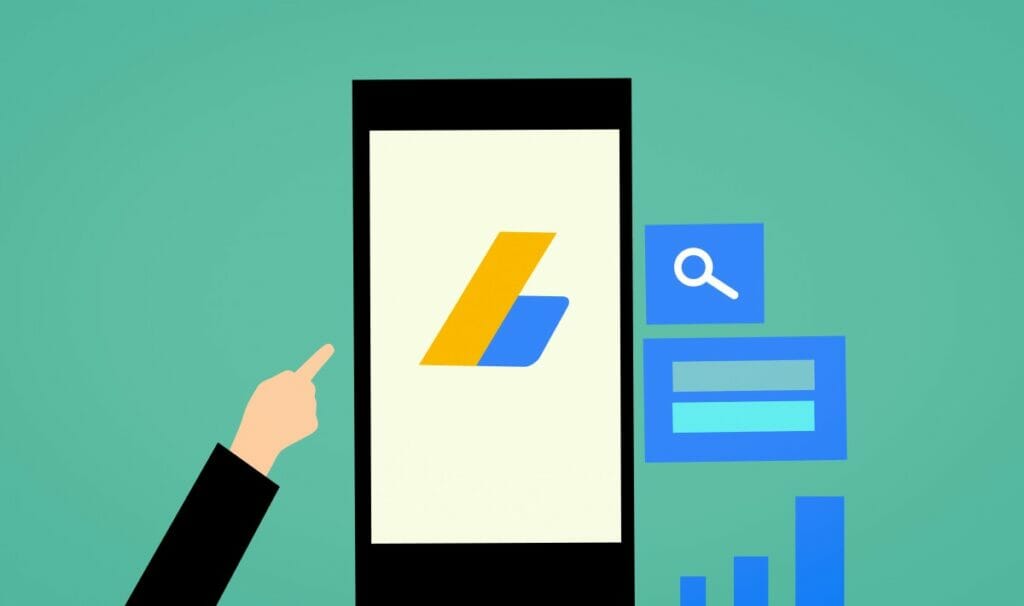Google is merging Standard display and Smart display campaigns within a campaign type. So, there’ll soon be only one option to set up Display campaigns. Below is what you’re required to know!
What is set to change for advertisers?
The announcement of Google denotes that advertisers are still going to be able to make use of Automated or manual solutions, but they’ll only be able to see the option within one type of campaign.
While advertisers are creating the campaign, they’ll be able to select between a customized or automatic experience.
This change is a little bit similar to the one that happened recently in the bidding strategies. In that change, although the feature functionality was still in existence, there was a continuous change in the Google Ads setup process. With that being said, advertisers should theoretically not notice a significant difference in performance.
What are advertisers required to do?
According to Ginny Marvin, the Liaison of Google Ads, there’s no need for any action. Existing Standard and Smart display campaigns will not be affected in this update.
How did we arrive here? Standard and Smart Display evolution
In 2017, Google Ads launched Smart Display campaigns. The aim of this is to enable advertisers to experience a fully automated display.
Since that moment, they have also released more automated solutions in the campaigns of Standard display. For instance, they rolled out responsive display ads as the novel default display format in 2018. Advertisers who leverage both responsive display advertisements and other static advertisements have likely noticed that there is way more visibility for responsive display ads.
Later that same year, Google also made advertisers able to make use of the option, “pay for conversions” within the display, and this allowed advertisers that have enough conversion data to make use of auto-bidding with lesser risk since they’d only pay when they received conversions.
Some months ago, Google released “Optimized Targeting,” which is like a complement to the option of “Targeting Expansion” within the display. The two features assist advertisers in expanding their reach in the display, but they’ve got a nuanced difference.
Targeting expansion can only occur in the audience of a campaign while respecting the targeting settings’ bounds. Optimized targeting moves a step further and is not relegated to only expanding on the particularly targeted audiences, but can also fluidly expand in any targeting area like demographics, for example, in driving more of the needed action. For instance, if your specific targets are 25 to 35-year-olds, but the system showed that they’ve got other age ranges that are excellent for your ads when you turn on optimized targeting, Google could deliver the campaign to those audiences.
That is to say since they now have lots of automated features present within display, there is presumably enough overlap between Standard display campaigns and Smart display campaigns. That’s why it was sensible to streamline the process of creating the campaign by pulling the two options under a roof.
|
Recommended posts
|


